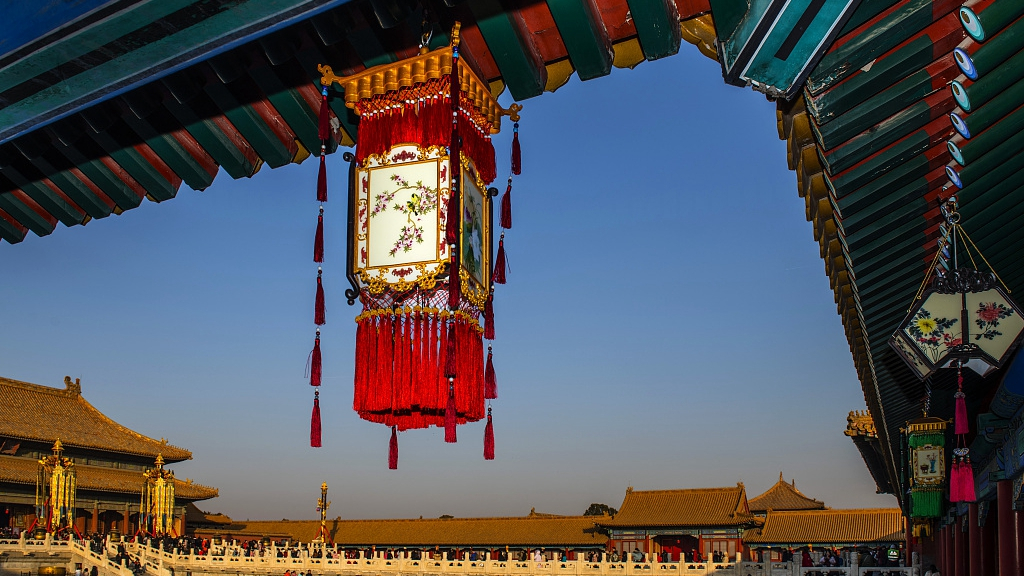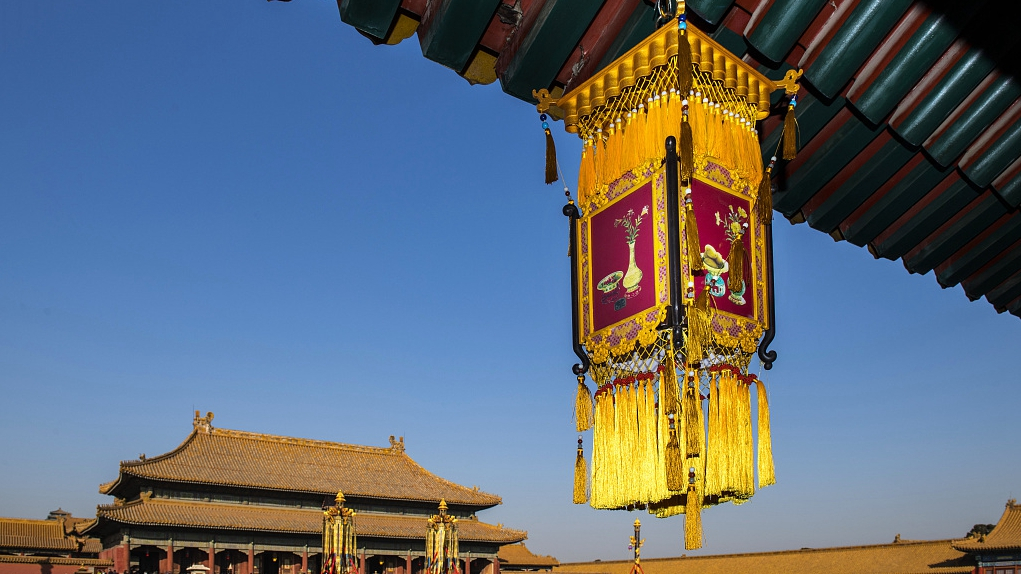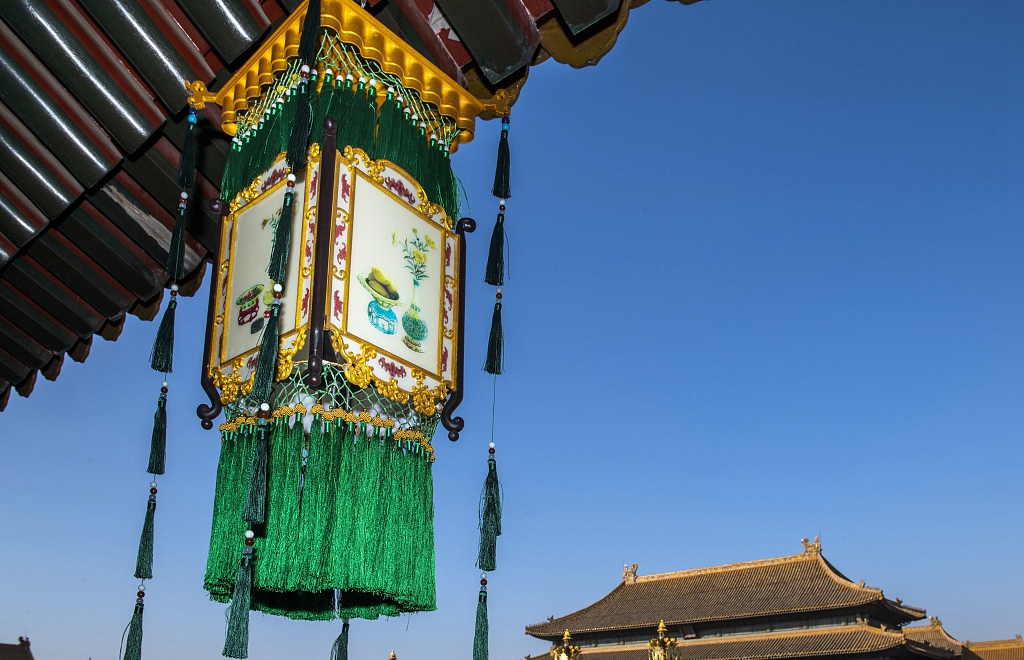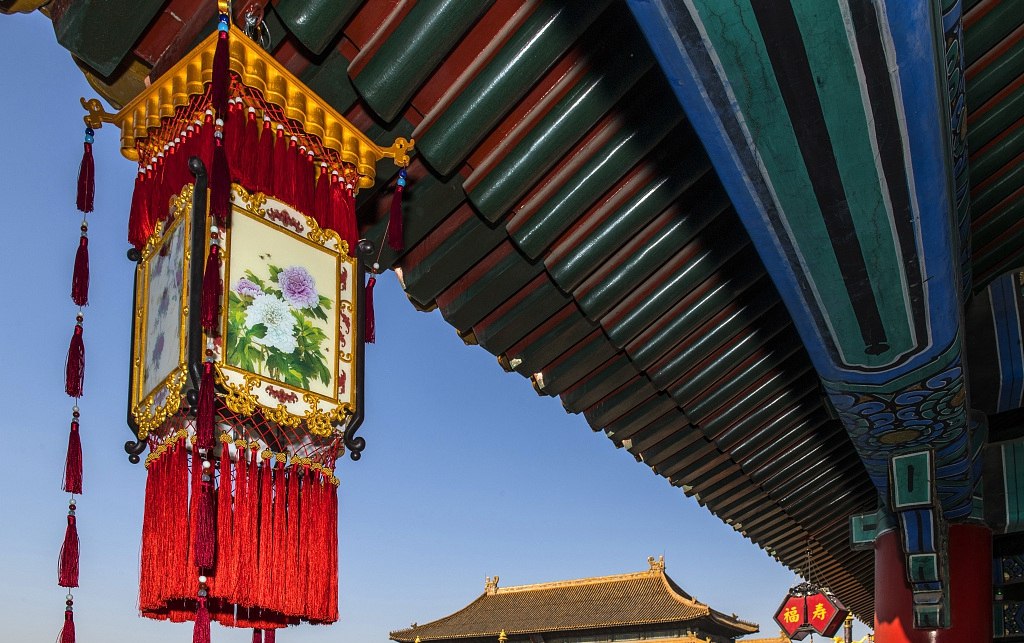

Ancient-style royal lanterns have returned to the Forbidden City, also known as the Palace Museum, in central Beijing after disappearing for nearly 200 years, lighting up the palace ahead of the Chinese lunar New Year. /VCG Photo

They are part of the exhibition of “celebrating Spring Festival in the Forbidden City,” which opened on January 6 and will last for three months. /VCG Photo

According to Shan Qixiang, curator of the Palace Museum, more than 1,000 lanterns made after the ancient models decorate the corridors of the palace. /VCG Photo

Royal lanterns, usually made of bamboo strips and covered with either silk or gauze, are must-have decorations for Spring Festival during the Ming and Qing dynasties (1368-1911). However, the tradition was called off in 1840 by Emperor Daoguang for thrift reasons. /VCG Photo

Copyright © 2018 CGTN. Beijing ICP prepared NO.16065310-3
Copyright © 2018 CGTN. Beijing ICP prepared NO.16065310-3